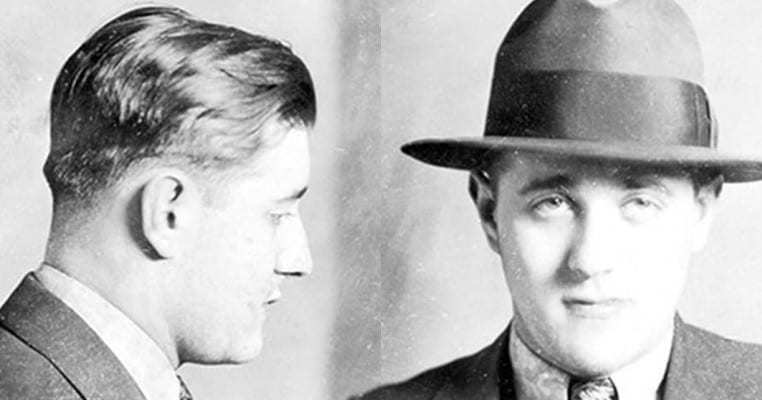The mafia is often glamorized in the movies, as illustrated by The Godfather. However, real life in the mob is often nasty, brutish, and short, as a result of having to deal with violent sociopaths in the workplace on a regular basis. As many mafiosi discovered, their greatest career risk was not law enforcement and the criminal justice system, but their own criminal colleagues putting a hit out on them. Following are twenty of the most fascinating or significant hits in the history of the American mob.

20. Walter Sage’s Disastrous Career Change
Walter Sage was a taxi driver in Jersey City, NJ, until 1930, when he joined the Brownsville Gang, which ran various rackets throughout Brooklyn, including slot machines. He was hired on as an enforcer and muscle, and became a hitman who rubbed out those who ran afoul of the gang. By the mid 1930s, he had been arrested numerous times as a suspected murderer, but walked each time on technicalities or for lack of witnesses. He was eventually sent to Upstate New York, to establish the gang’s slot operations in Sullivan County.
Sage did that, but while he was at it, he also ripped off his colleagues by skimming a hefty chunk of the profits. On the night of July 27th, 1937, an unsuspecting Sage was picked up by two colleagues, who took him for a drive. While in the car, Sage was strangled and then stabbed 32 times with an ice pick. His corpse was then weighed down with part of a slot machine, and dumped into a lake, where it remained for two weeks before it was discovered by canoeing vacationers.

